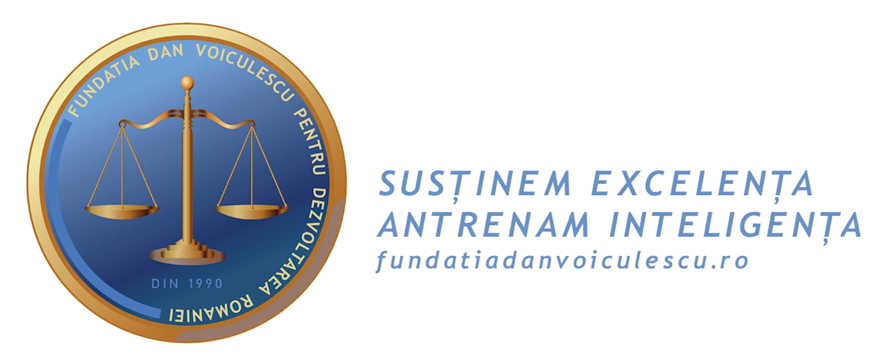The Scientific Senate of the Dan Voiculescu Foundation for the Development of Romania persists in elucidating the factors underlying the longevity of the longest-living seniors in the "Longevity Map of Romania" project. A new location of note on this map is the commune of Seaca de Pădure in Dolj County. A rural town with a population of less than 800, Seaca provides an example of how regular physical work, a balanced lifestyle and healthy practices handed down from generation to generation contribute to the remarkable longevity of seniors.
The research conducted to date has revealed the existence of over 370,000 individuals aged 85 and above. Seaca de Pădure, situated within Dolj County, is notable for its proportion of residents aged 85 and above, which stands at 7.55%. The proportion of the population aged 85 and above is notably higher than the national average, with the 85+ segment representing only 1.94% of the total resident population. This is in contrast to an average life expectancy of approximately 76.5 years.
In Seaca de Pădure, residents over the age of 85 maintain active lifestyles centred on work and close ties with nature. One example is 91-year-old Constanța Belei, who continues to engage in gardening on a daily basis and never allows a moment to go by without work. She states, "I take a stick and go out here and there," emphasizing her desire to remain active for as long as possible.
Equally impressive is the story of Ioana Bercea, who is approaching the age of 100. Although the years have not been without their hardships, Ioana has managed to maintain her optimism and love of music.
The "Longevity Map of Romania" project is distinctive in that it not only elucidates the life histories of seniors from locales such as Seaca, but also meticulously examines the factors that shape their longevity. Researchers engaged in the project investigate the genetic and lifestyle elements that enhance the quality of life of these seniors.
In the qualitative phase of the research, specialists make use of a variety of methods, including medical and genetic assessments, socio-anthropological studies and behavioural analysis, with the aim of identifying the factors that influence longevity. The initial findings indicate that, as in the other localities included in the Longevity Map of Romania, physical work, the consumption of local cuisine and the presence of robust family structures are among the factors that have contributed to the long-term health of the inhabitants of Seaca.
The Longevity Map of Romania is a transdisciplinary research project conducted by the Scientific Senate of the Dan Voiculescu Foundation for the Development of Romania. It represents the first comprehensive mapping of the country's senior citizens who have attained longevity.
The findings of the "Longevity Map of Romania" project will be unveiled on 9 October 2024 at the Romanian Academy. The identified factors that contribute to longevity will be employed to encourage beneficial modifications in health-related behaviours at the national level.

